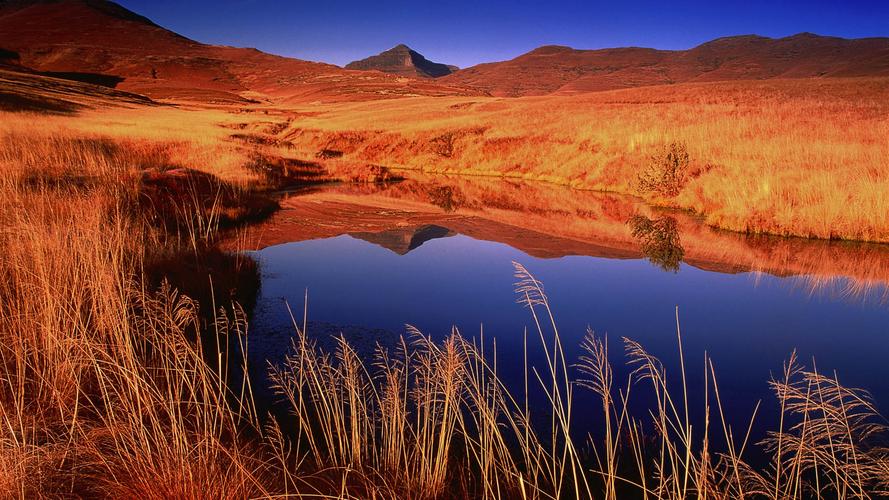10 Fascinating Facts about Rhinos: A Comprehensive Guide to Rhino Information
Rhinos are one of the most recognizable and unique animals on the planet. They are known for their large size, thick skin, and, most notably, their singular horn. But there is so much more to know about these incredible creatures. Here are ten fascinating facts about rhinos that will give you a comprehensive guide to rhino information.
1. Rhinos are ancient animals
Rhinos are some of the oldest animals on Earth, with fossils dating back over fifty million years. In this time, they have developed unique adaptations to help them survive and thrive in their environments.
2. Rhinos are herbivores
Despite their intimidating size and strength, rhinos are strictly herbivores, with their diet consisting mainly of grasses, leaves, and fruits. They use their massive jaws to chew tough vegetation and can consume up to 150 pounds of food in a day.
3. There are five species of rhinos
There are five species of rhinos: white, black, greater one-horned (often called the Indian rhino), Javan, and Sumatran. Each species has its unique characteristics and habitats, but all are in danger due to habitat loss and poaching.
4. Rhinos are solitary animals
Rhinos are generally solitary animals, with the exception of mothers and their young. They mark their territory with dung and urine and have been known to fight fiercely to defend it.
5. Rhinos have poor eyesight but an excellent sense of smell
Rhinos have poor eyesight and can only see objects up to 30 feet away. However, they make up for this with their excellent sense of smell, which they use to communicate with other rhinos and to locate food.
6. Rhino horns are made of keratin
Rhino horns are made of keratin, the same material that makes up our hair and nails. However, rhino horns are incredibly dense and can weigh up to 22 pounds. They are highly valued in some cultures for their supposed medicinal properties, leading to poaching and illegal trafficking.
7. Rhino populations are in danger
All five species of rhinos are considered endangered due to habitat loss and poaching. Conservation efforts have led to an increase in populations, but more work needs to be done to ensure their survival.
8. Rhinos are integral to their ecosystems
Rhinos are important to their ecosystems as large herbivores that help maintain vegetation and provide food for predators. Their dung also helps fertilize the soil and create habitats for other animals.
9. Rhino calves are born ready to run
Rhino calves are born after a gestation period of up to 18 months and are able to stand and run within just a few hours! They stay with their mothers for two to three years before venturing out on their own.
10. Rhinos have been around for millions of years but may not survive the century
Despite being around for millions of years, rhinos may not survive the next century due to continued poaching and habitat loss. It’s up to us to do what we can to protect these incredible animals and ensure their survival.
In conclusion, rhinos are remarkable creatures with unique adaptations and important roles in their ecosystems. However, they are also in grave danger, and we must do all we can to protect them and ensure their survival for generations to come.
(Note: Do you have knowledge or insights to share? Unlock new opportunities and expand your reach by joining our authors team. Click Registration to join us and share your expertise with our readers.)
Speech tips:
Please note that any statements involving politics will not be approved.
